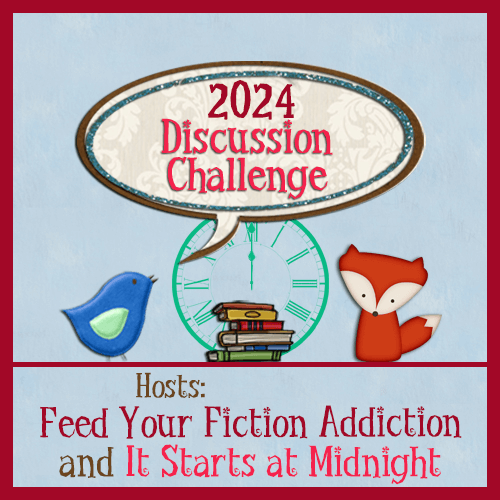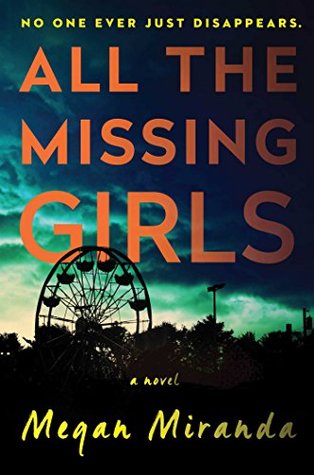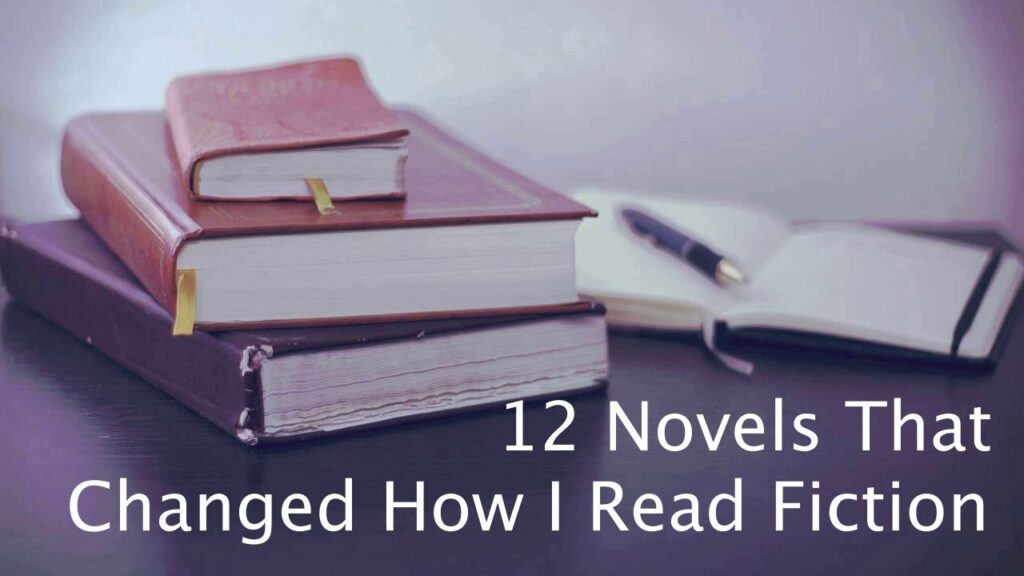Related Posts:
- Introduction & #1 All the King’s Men
- #2 A Portrait of the Artist as a Young Man & #3 The Murder of Roger Ackroyd
- #4 The Church of Dead Girls by Stephen Dobyns
- #5 The Debt to Pleasure by John Lanchester
- #6 The Short History of a Prince by Jane Hamilton
- #7 Drowning Ruth by Cristina Schwarz
- #8 The Drowning People by Richard Mason
- #9 Gone Girl by Gillian Flynn
Thanks to these two bloggers for sponsoring the annual Blog Discussion Challenge:
- Nicole at Feed your Fiction Addiction
- Shannon at It Starts at Midnight


Like Drowning Ruth, this novel demonstrates yet another way narrative structure can work to build suspense and meaning. Here the protagonist must come to terms with an event that happened earlier in her life. The only way she can unravel past events and face the truth they reveal is by starting in the present and remembering backwards, bit by bit, what has happened since the initial event. She must work in increments to discover and face the truth.
This novel also got me thinking about another important topic, the nature of memory. Since we build our sense of self from the experiences we remember, memory functions as a basic building block of personal identity.
The mysteries, thrillers, and family sagas I enjoy reading often include past events that have influenced the characters’ development. I’ve been drawn to these kinds of fictional stories all my life. All the Missing Girls brought to light for me the vital relationship between memory and identity that often plays out in fictional life stories.
© 2024 by Mary Daniels Brown

